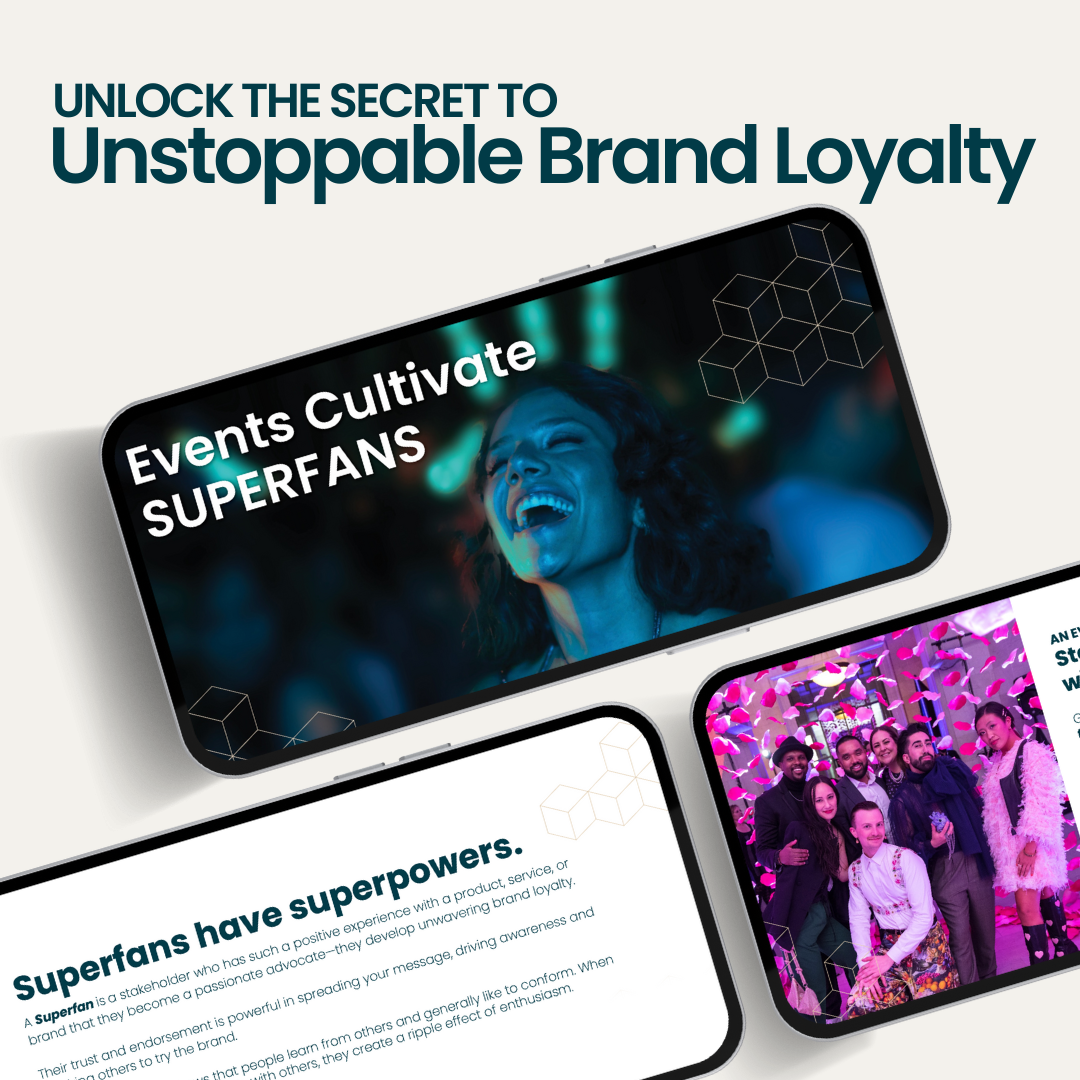Fact: Meeting and event planners and producers are still under stress. Constraints of time, resources and talent in a chaotically changing workplace, and a world that hasn’t made executing events easier. We rely on what we know, and what we remember, to repeat what we think works. And as long as post event surveys remain better than average, well our experiences are working, right?
What if the event design you think is working, really isn’t? The old saying goes, to assume makes an a$$ out of you and me. You shouldn’t be left wondering if the same formula you’ve always used will be impactful or relevant after it is all said and done.
Here are our top three reasons why all event plans deserve examination, and evolution:
Engagement Specialists Rely on Personalization to Make an Impact
Great brands aren’t stagnant. They constantly evolve to meet the changing demands of their consumers. But events and meetings rarely keep pace. While marketing leverages data and technologies to gain precise profiles of their customers, event attendees might be asked to complete a survey after the event is over. And despite robust registration forms, I have yet to attend a conference where the data I’ve submitted results in a personalized experience reflective of my interests, needs and preferences at the event.
Here’s a great example of a company that gets personalization right. I’m a frequent Delta flyer, and I am regularly impressed with the evolving efforts to improve the customer experience. From pre-flight meal inspection, “what to expect” communications, on flight acknowledgement by team members of status, including personal handwritten thank you for flying with us notes, and continual surveying, they work hard to keep me coming back. And those efforts are not wasted on me, it works. Personal touches and personalization of experience has a powerful impact.
The point is, your team lives in a rapidly evolving world, and employee dissatisfaction is very high as many continue to silently quit. If instead event planners chose to put attendees first, evolving the experience to include personalization to echo the greater customer experience, they can enhance the impact of internal meetings. Event design is a tool to make that happen.
Engaging a More Diverse Workforce is Important
We recognize the struggle organizations are facing to bring people back to the office. COVID changed the way we think about work, and the way we want to engage at work. Generational and managerial shifts in employment have created new challenges within the workforce. And during that break, it’s become obvious that the inequalities for communities of color, minority populations and those with adaptive needs must be addressed.
Event designs that take an empathetic approach are better able to adapt to these changes. The goal is to create experiences that are accessible to all to participate in ways that are comfortable to them. Whether you “un-conference” meetings and allow learning to be peer driven instead of expert driven, or whether you leverage adaptive technologies to help those with visual and audio needs see, hear and experience better. Or maybe you double down on generationally important initiatives of access, equity and sustainability. These types of intentional design choices will drive more impactful events for the people experiencing them.
How you Choose to Spend your Budget has Social Impact
Event budgets are a powerful thing, sure they might feel like a constraint, but they are a source of real opportunity. Organizations can make a legitimate impact within previously underserved communities by choosing where they allocate their budgets.
It’s very easy to dust off the playbook from last year’s event and call the same national vendor partners that build and ship anything, anywhere. It’s also true that underserved community businesses, which have suffered years of under-investment or access to capital, may not have the exact same capabilities you’re used to. But that shouldn’t stop us from considering the power of using our event dollars for social impact. Leveraging design to craft experiences that can be sourced and produced locally, by delegating dollars to spend with minority-owned agency and vendor partners, will help enact positive change.
Change is constant. Change is inevitable. All we can do is evolve. And we believe design is the strategic tool which enables the evolution of experiences that are more engaging, impactful, inclusive, and sustainable. Investment in good design can reap major impact once the event is activated. When those experiencing an event feel seen, supported and personally acknowledged, affinity grows, contribution goes up, and they come back for more.




